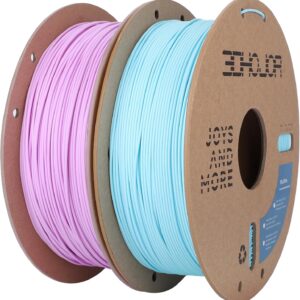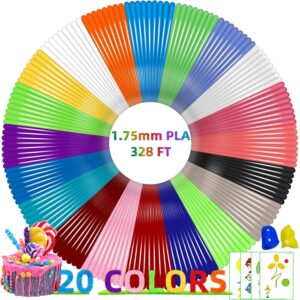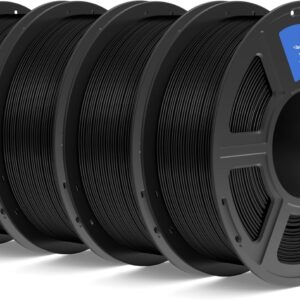The metal 3D printer is on its way to the International Space Station (Source: ESA)
Metal 3D printing will soon take place in orbit for the first time after the European Space Agency (ESA) brought a printer to the International Space Station (ISS).
The European-made metal 3D printer, developed by an industrial team led by Airbus Defense and Space and designed to pave the way for the manufacture of complex metal parts in space and enable further exploration of the Moon and Mars, became one yesterday Resupply mission departed (January 30).
“This new 3D printer, which prints metal parts, represents a world first at a time of growing interest in manufacturing in space,” said Rob Postema, ESA’s technical director.
“Polymer-based 3D printers have already been brought to the ISS and used there. It uses plastic material that is heated at the head of the printer and then applied to build up the desired object layer by layer.
“Metal 3D printing is more technically challenging because it requires much higher temperatures and uses a laser to melt metal. The safety of the crew and the station itself must be guaranteed – but at the same time the maintenance options are very limited. If successful, the strength, conductivity and rigidity of metal would take the potential of 3D printing in space to new levels.”
ESA astronaut Andreas Mogensen will prepare and install the device, which weighs around 180 kg. Once installed, the printer is controlled and monitored from Earth.
“This in-orbit demonstration is the result of close collaboration between ESA and Airbus’ small, dynamic engineering team,” said Patrick Crescent, Airbus project manager. “But this is not just a step into the future; It is a leap in innovation in space exploration. It paves the way for the production of more complex metallic structures in space. This is a decisive advantage for the safe exploration of the Moon and Mars.”
The printer uses a type of stainless steel, which is widely used for medical implants and water treatment due to its good corrosion resistance. The stainless steel wire is fed into the printing area, which is heated by a high-power laser. As the wire dips into the molten pool, the end melts and metal is added to the pressure.
“The molten pool of the printing process is very small, about one millimeter in diameter, so the surface tension of the liquid metal holds it securely in place in weightlessness,” said ESA materials engineer Advenit Makaya.
“Nevertheless, the melting point of stainless steel is around 1,400°C, so the printer operates in a completely sealed enclosure, preventing excess heat or fumes from reaching the space station crew. And before printing begins, the printer’s internal oxygen atmosphere must be vented into space and replaced with nitrogen – the hot stainless steel would oxidize if exposed to the oxygen.”
To test the performance of the printer, four shapes were selected. These are compared to the same shapes printed on Earth, called reference prints, to see how the space environment affects the printing process.
The four prints will all be smaller than a soft drink can and weigh less than 250g. Printing takes approximately two to four weeks. Due to noise regulations on the space station, printing time is limited to four hours per day.
Once a mold has been printed, Mogensen will remove it from the printer and package it for return to Earth, where it will be processed and analyzed to understand the differences in print quality and performance in space.
“As a technology demonstration project, our goal is to prove the potential of metal 3D printing in space,” Postema said. “We have learned a lot so far and hope to learn much more to make manufacturing and assembly in space a practical proposition.”
One of ESA’s future goals is to create a “circular space economy”, where materials are recycled in orbit to enable better use of resources. Material from old satellites could be converted into new tools or structures using metal 3D printers, for example, eliminating the need to send them up in a rocket.
Want the best engineering stories delivered straight to your inbox? The Professional Engineering newsletter provides you with important updates on the latest developments in engineering and exciting new job opportunities. To register, click here.
Content published by Professional Engineering does not necessarily reflect the views of the Institution of Mechanical Engineers.











